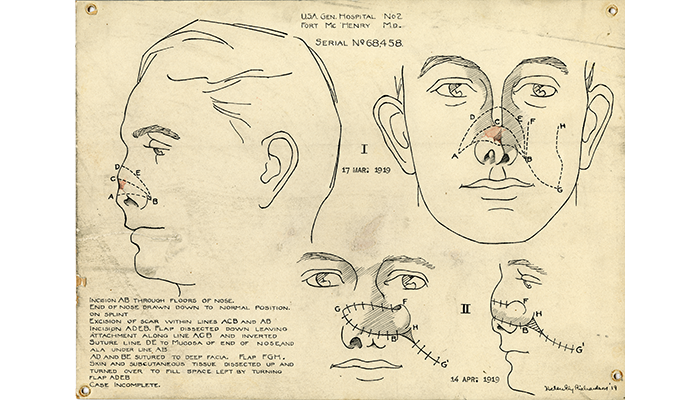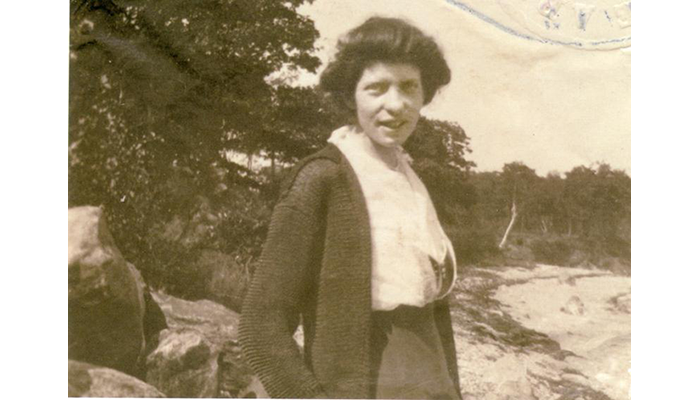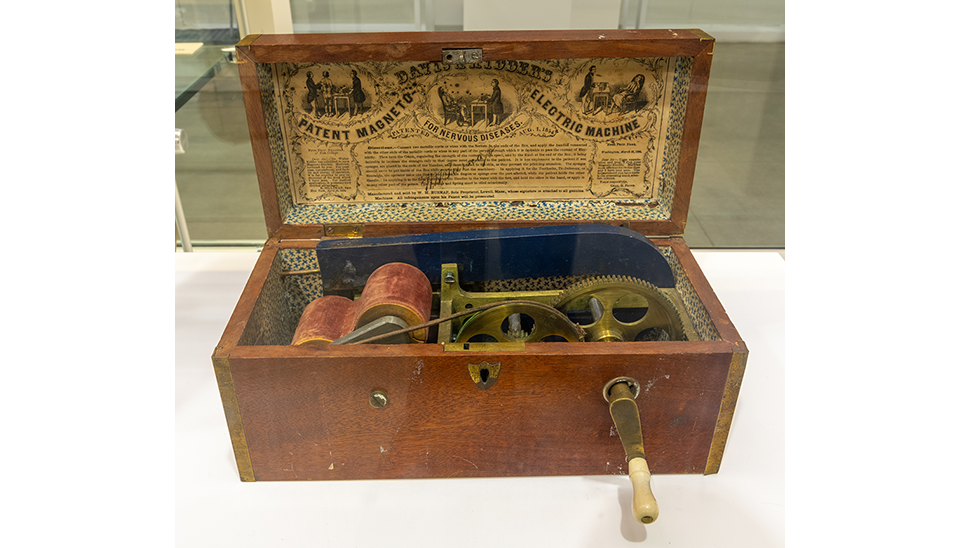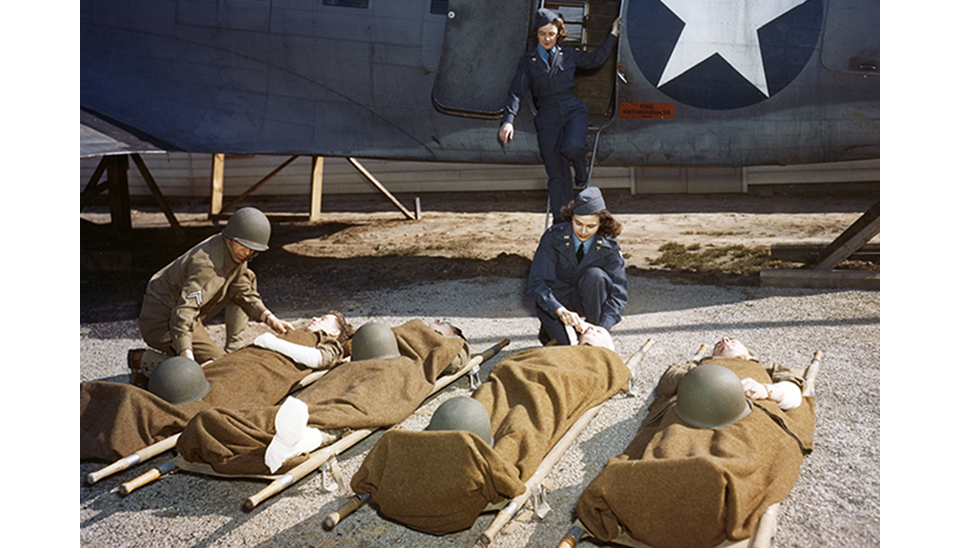In honor of National Women's History Month, the Otis Historical Archives at the National Museum of Health and Medicine highlights the stories of three women with work in our medical illustration collections.
HELEN ELY RICHARDSON (1888-?)
Helen Elizabeth (nee Ely) Richardson, born in 1888, attended Stanford University where she provided drawings for several Stanford publications, including the Quad. After her graduation, Helen studied at the New York Art League in New York City while doing magazine illustration. During World War I she trained as an occupational therapist, but would later be tasked with providing medical illustrations for the U.S. War Department. She produced drawings of facial reconstruction surgery carried out at Fort McHenry General Hospital No. 2 in Baltimore. These illustrations were then sent to the Army Medical Museum (now the National Museum of Health and Medicine) to become part of their collection. They were exhibited in 1920.
MILDRED G. BURRAGE (1890-1983)
Mildred Giddings Burrage was a native of Portland, Maine and daughter of Henry S. Burrage and Ernestine Maie Giddings. She always had an interest in art and was tutored by artist Alice. H. Howes. Studying art in school, Burrage eventually attended the Académie de la Grande Chaumière in Paris. She worked under other artists, including Richard E. Miller and Eben F. Comins, and would go on to receive an award from the International Art Union in 1912 for her works.
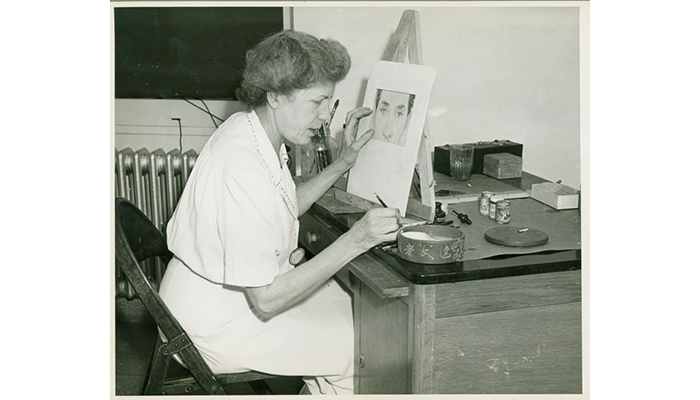
Mildred Burrage working on watercolor (see above feature image) at Halloran General Hospital. (Image courtesy of The University of New England and Regional Archives (UNERA))
Burrage worked in Europe until she returned to the United States in 1917. During World War II, she illustrated eye and facial injuries of patients at Halloran General Hospital in Staten Island, New York. Halloran General was the largest U.S. Army hospital operating at the onset of U.S. involvement in the war, receiving the first overseas wounded and acting as the initial primary care center for returning service members.
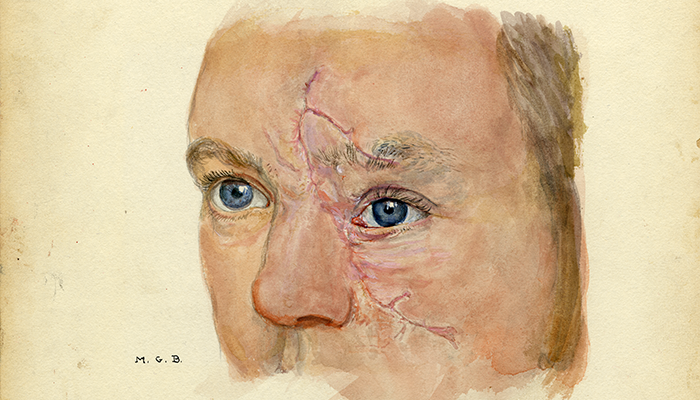
"Excision of Scar and Reattachment of Inner Canthus, Mildred G. Burrage, August 1945." (OHA229.28.20)
After the war, Burrage worked as a preservationist and artist and was director of the National Trust for Historic Preservation. In 1954, she helped found the Lincoln County Historical Association and was among those who founded the Maine Art Gallery.
INEZ MICHON DEMONET (1897-1980)
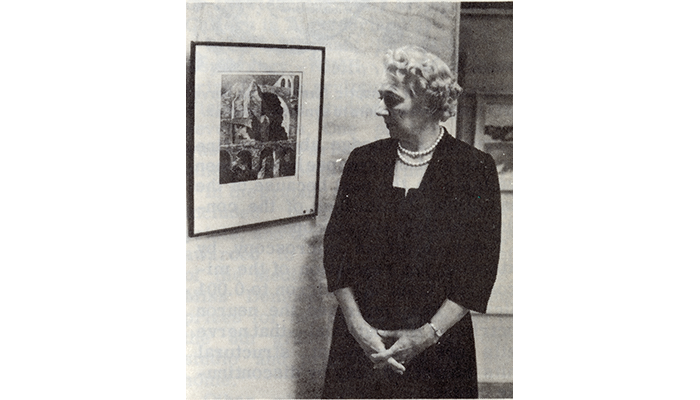
Photo of Inez Demonet, one of the first prize winners in the first annual NIH Art Exhibit. In this picture she poses with her prize-winning work 'aquatint and drypoint print depicting the Arch of Constantine in the Roman Forum. (Image courtesy of Office of NIH History)
Inez Michon Demonet O'Brien was a charter member of the Association of Medical Illustrators and chief of the Medical Arts Section at the National Institutes of Health. Born in 1897 in Washington, D.C., she attended the Corcoran School of Art and National School of Fine & Applied Arts. A painter, etcher, and medical illustrator, she was primarily known for her work in medical illustration. A specialist in maxillofacial and plastic surgery illustration, she was the recipient of a number of national honors for her work.
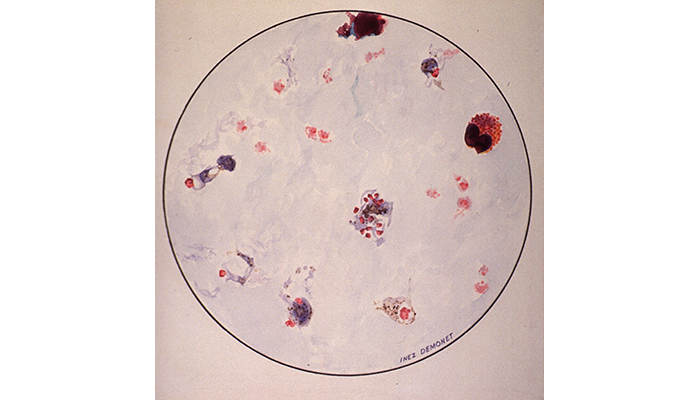
"Microscopic view of malarial parasite" Inez Demonet. (NLM Unique ID 101443945) (Image courtesy of the National Library of Medicine)
Demonet was a prominent member of the Washington Water Color Club, the Society of Washington Printmakers, and the Society of Tropical Medicine and Hygiene. During World War I, she produced watercolor illustrations of facial injury and surgery for the U.S. War Department. After the war, she would go on to be the only artist in residence at the National Institutes of Health in 1926 and become Chief of Medical Arts by the time she retired in 1965.
Taken together, these works represent the often hidden contributions of women in military service and their value to medical science. The purpose of these drawings was to capture the realities of physical reconstruction and rehabilitation during World War I and World War II. The work provided records of surgical cases that could not be conveyed only by case files, photographs, or film. These pioneering women in the field of medical illustration documented the harsh wounds of war, and also the surgeon's process to fix them. Through their art, they provided road maps for others to follow, improving surgical practices and patient recovery.
References
Arizona State University Library: Greater Arizona Collection. "Sims Ely Papers 1872-1970."
Maine Historical Society. "Coll. 2494 Mildred Giddings Burrage (1890-1983) Collection." Last modified Fall 2010.
Relevant Links:
Sign up for our next medical illustration program!
Medical Illustrations: Color




